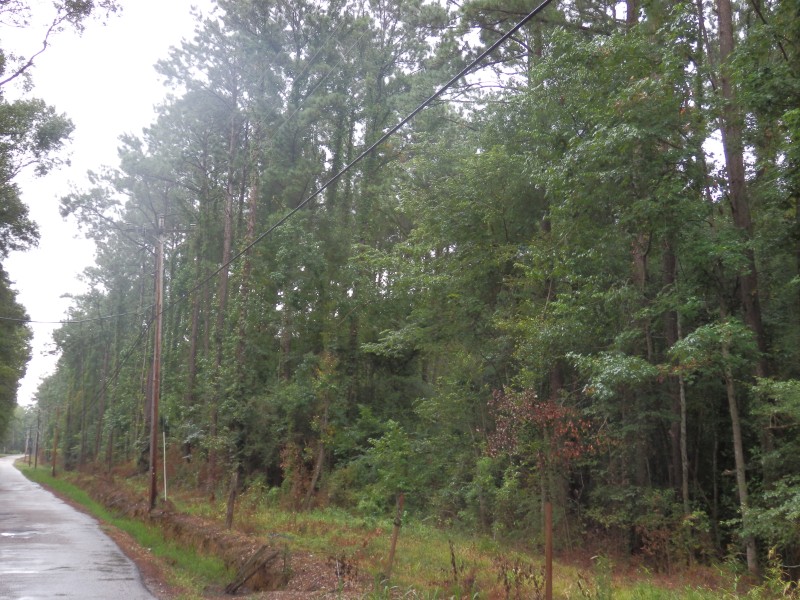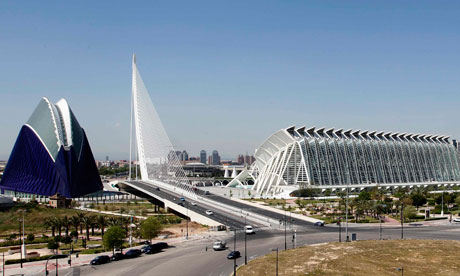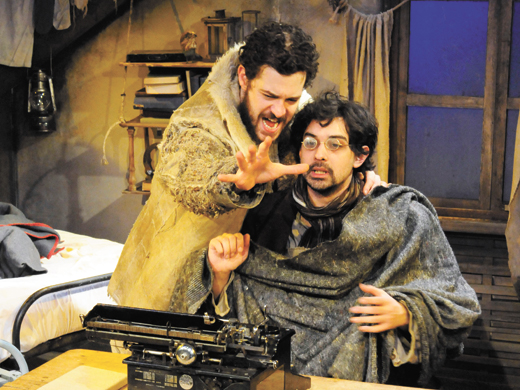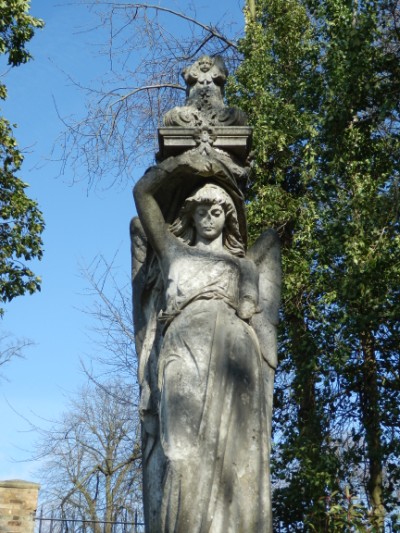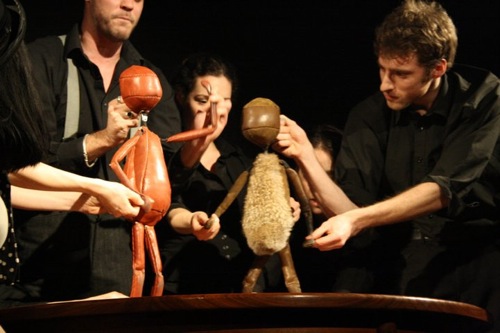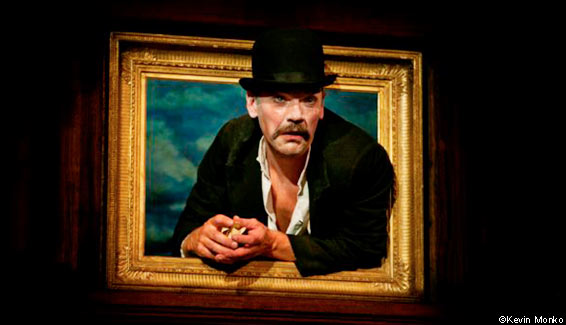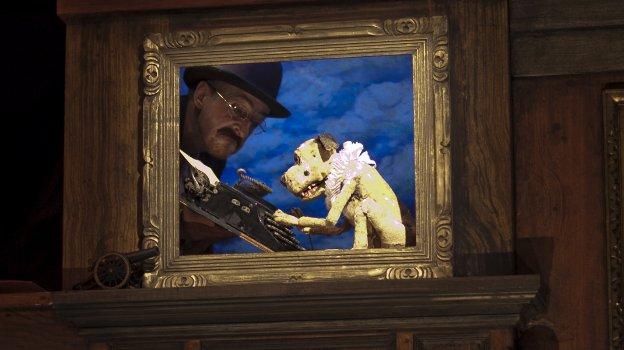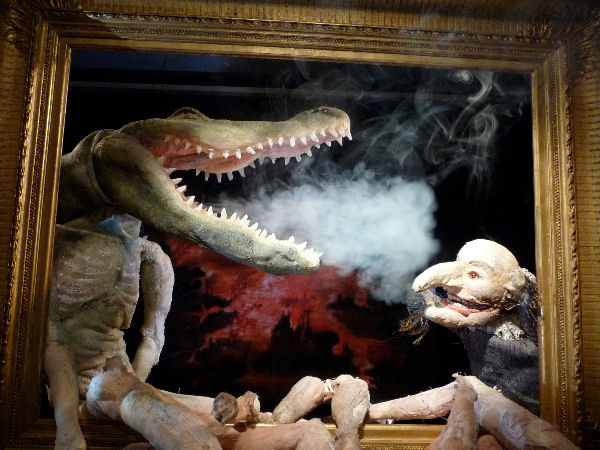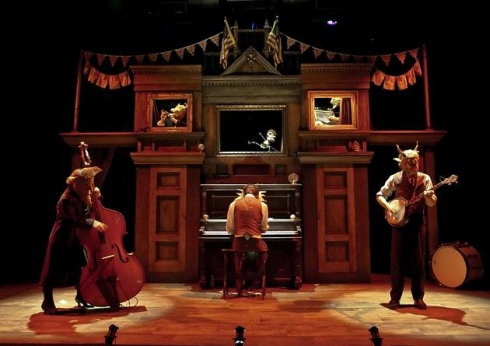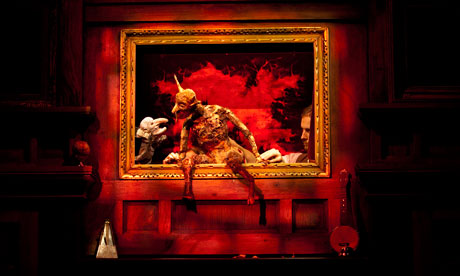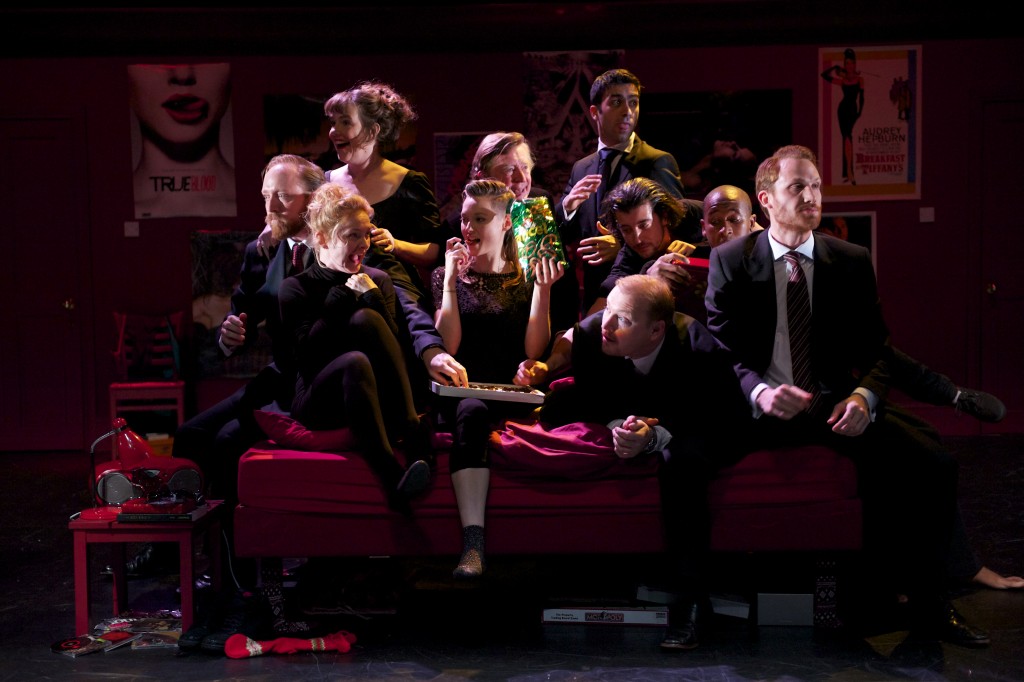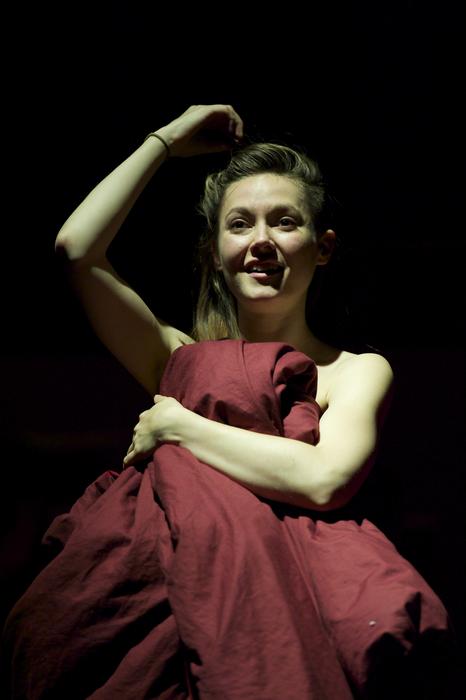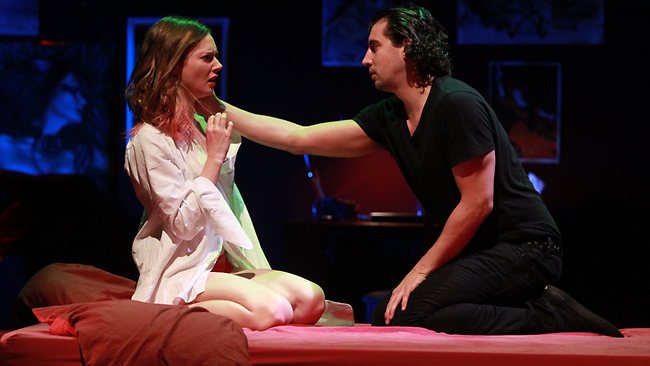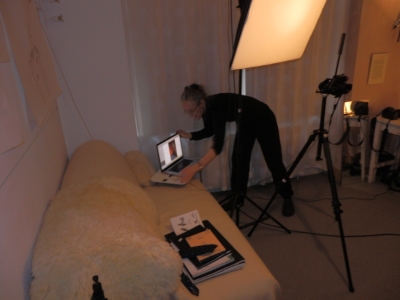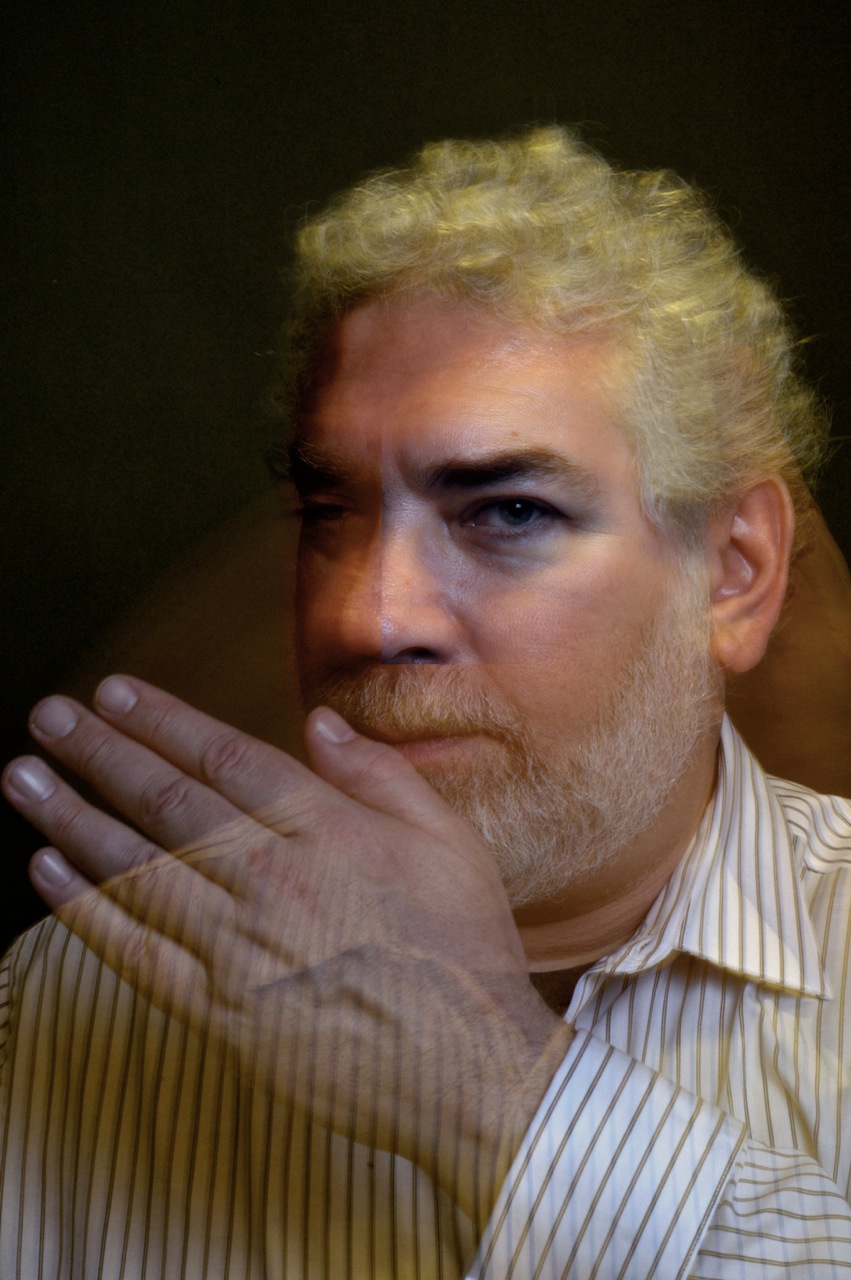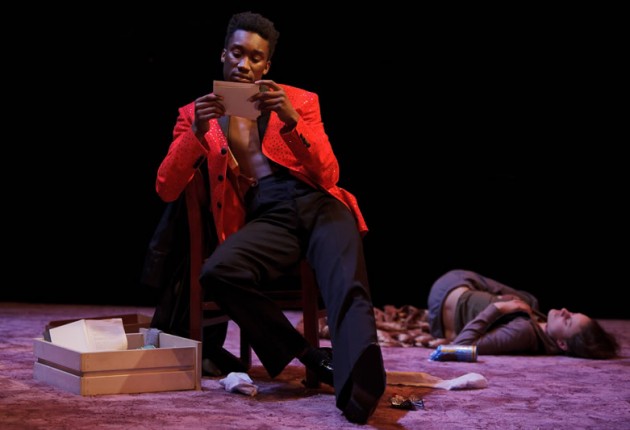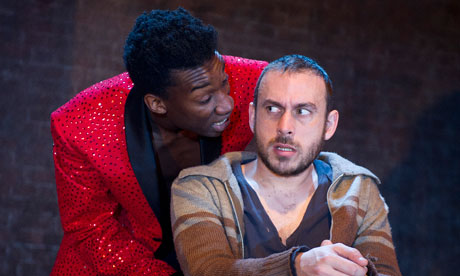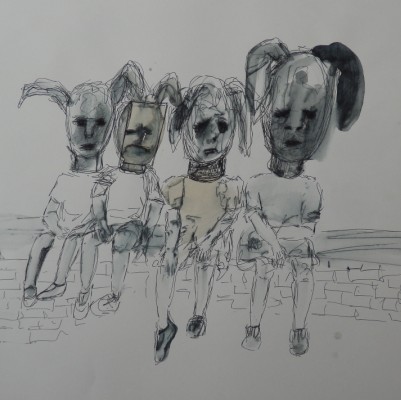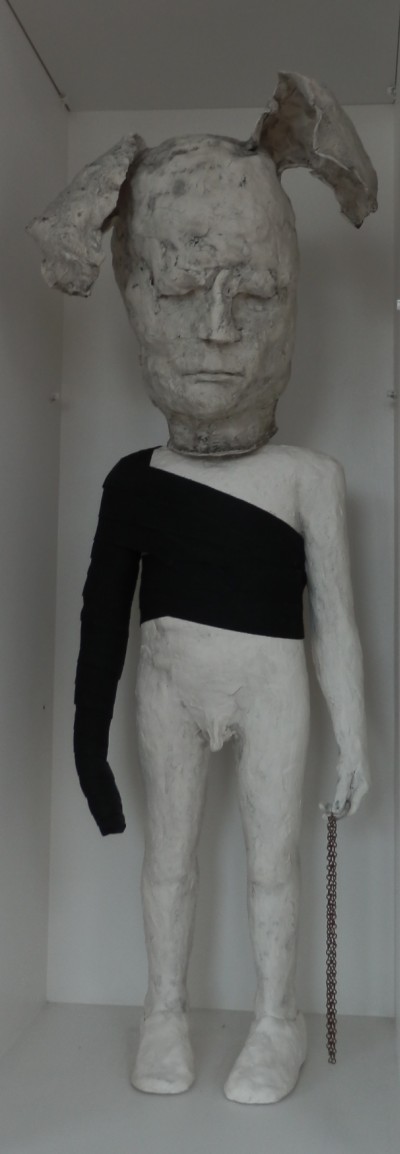A Note To Our Readers:
It has come to our attention that some of you think we’re being too “safe†in our entertainment choices. “Pawn: Please, think outside the box. Get off the straight and narrow, the safe choices, and try to sample some of the outré offerings Modern London provides.†reads a typical note.
Okay, your wish is our command. Prepare yourself for the next few reviews of events from Saturday, 25 and Sunday, 26, to see what London really holds in store for the adventurous.
The Paper Cinema, Odyssey
Paper Cinema is a hard concept to express briefly, but let’s give it a try: Paper Cinema are an artist collective who produce original, live, animated performances with live musical accompaniment, utilising paper cuts with inking, shot via video cameras before black backgrounds, digitally composited and projected onto a screen.
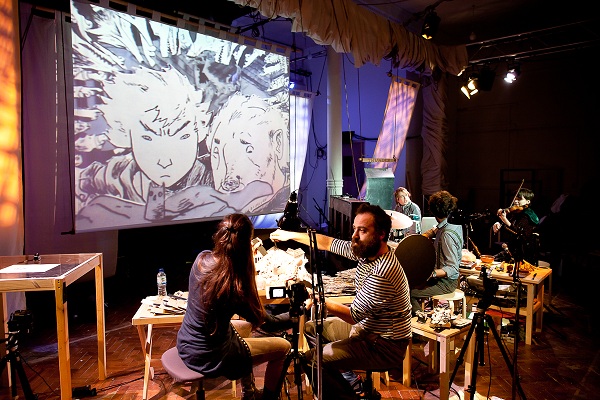
The Paper Cinema - Odyssey
For this project, begun almost a year ago, there were two hand animators, three musicians, light and sound technicians. There were a few dozen musical instruments – piano, drums, violin, saw, Makita cordless electric drill, thunder plate – and a few hundred pieces of cut paper, card, etc. Through these tools, with no spoken word at all, they told the classic Homeric tale of Odyssey and did so with such originality, wit, love and passion that we hung on every graceful, carefully choreographed move.
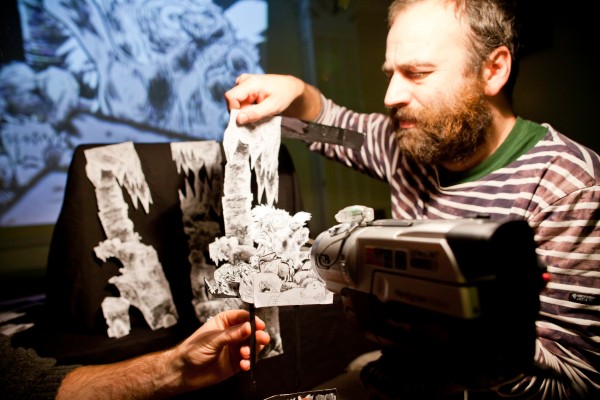
Paper Cinema - James Allen
The show began with a lead animator stepping up to a light table and, putting pen to well and then to paper, drawing for us a guide to the major players in the drama. After this introduction, the real animation began. One cannot do it justice with a verbal description, so please take a look at their website: http://thepapercinema.com/
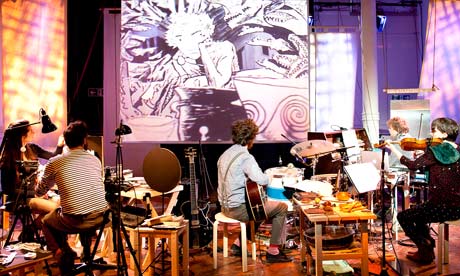
Paper Cinema's Odyssey at Battersea Arts Centre BAC
We saw a Saturday matinee, with several children as young as 4 in attendance, and the show held their attention for the entire 85 minutes. We thought this was an exceptional show, and would love to find a way to introduce this art to our own, local audiences.
Panta Rei Theatre Collective: Rocinante! Rocinante!
Not edgy enough yet? Okay, bus down to Rye Park Lane and the CLF Art Cafe @Bussey Building where Panta Rei want us to climb inside the minds of some seriously sick folk. Sick in the head, that is, like Don Quixote sick, like Hamlet sick, like wandering OCD scrubbing their hands without end sick. What do they do? The conceive a site-specific work, a promenade piece in which we, the audience, wander mostly un-directed through the performance space, while blinds, sheers or scrims are occasionally drawn to partition off a space.
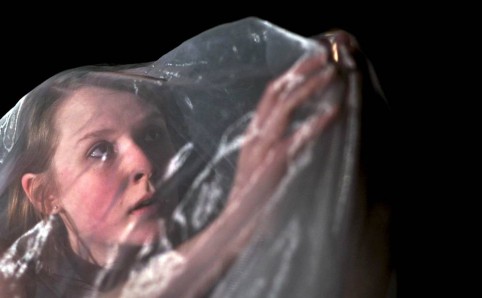
Panta Rei - Rocinante! Rocinante!
What is the action, it is Don Quixote, with Rocinante, his loyal horse, Sancho Panza, his trusty squire and donkey; but no, it is Gary and Lolly, the gravediggers from Hamlet, given more character here than Shakespeare ever did, but different, also. They are discussing whether or not Dolcinea (rather than Ophelia) deserves a Christian burial, a matter of grave concern to Angustias, the cemetery keeper, who is ever and always rinsing raiment properly to wash the dead.
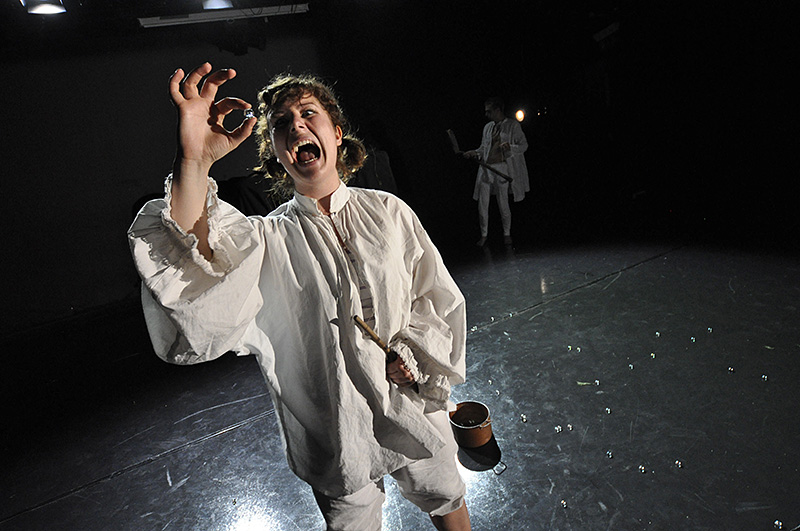
Don Quixote is cracking up, as he rants in Spanish (sometimes with translation, via Sancho, sometimes not) we are treated to the lushness of his dreams, when they are not overrun by the waking dreams of the other characters. Gary, played by the exceedingly petite Ciara D’Anna in a standout performance of mind over dialect, is madly devoted to Lolly (Anna Zehenbauer), but Lolly wants to die, convinced that her life will be more complete once dead. Gary prevails to convince Lolly, via a burial ceremony (books as soil, what does that tell us) that she has now been buried and passed, and this brings at last some measure of tranquillity to their relationship.
Meanwhile Quixote drifts into a feverish dream wherein Dulcinea, in form of a beautiful, diaphanous jelly fish, appears to him, but always between the two are seven dark, evil jelly fish, blocking their reunion.
That is just a sample of the effect with which Panta Rei has brought off their goal: “Interdisciplinary collaborations beyond the realm of performing arts to explore on a deep level issues and topics that are relevant…â€
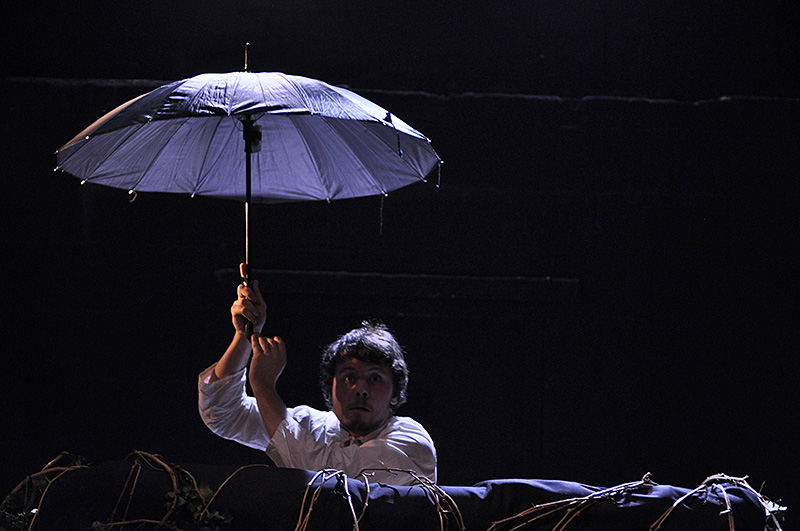
How successful was this effort? Very, for the most part. Aside from Gary, other stand-out performances belong to Daniel Rejano as Sancho and Almudena Segura as Angustias. The staging is plagued with difficult compromises, mostly due to the exigencies of getting actors and audience in and out of the same spaces at the same time. Little accommodation is made to audience comfort, and this maybe should have been made more clear to ticket purchasers. In the second scene, were are seated on two rows of hay bales, set along the long side of a narrow rectangular space; unfortunately, the action is placed alternatively on one end or the other of this space, rendering those in the front row with stiff necks and good views only of their seat-mate’s scalps.
In reality, tho, these are minor beefs. This was a very ambitious undertaking, and we were moved. The beauty of the Dulcinea dream, with draped umbrellas sculpted into sea creatures was alone worth the price of admission.
Silent Opera: La Bohème
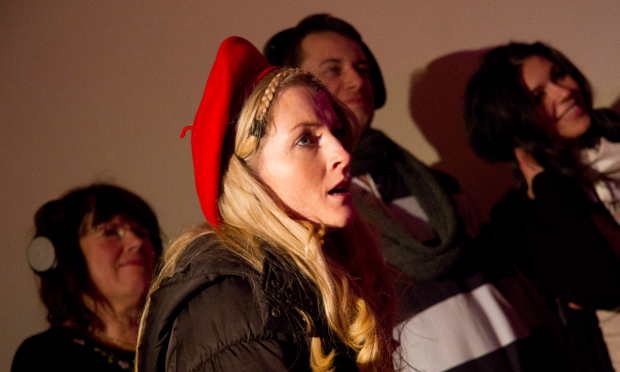
Silent Opera - La Boheme - Emily Ward as Mimi
Still with us? Okay, after a day at Royal Botanical Gardens at Kew, we trundled back down to the Old Vic Tunnels this evening for Silent Opera production of Puccini’s La Bohème. We first visited the Tunnels last weekend for Eugene O’Neill’s The Sea Plays, which were staged in “The Screening Room†in the upper levels of the Tunnels’ space. For Silent Opera’s piece, we have to thank a couple of developments of the modern age: Digital archival and frequency hopping, spread spectrum radio.
The former has freed up these spaces, specifically “Archway 236~9, Network Rail, Archival and Storageâ€, which was no longer required by Network Rail and may now be given over to the drug pushers, anorexic models, tarted up showgirls and waifish writers who make up the dramatis personae of the opera.
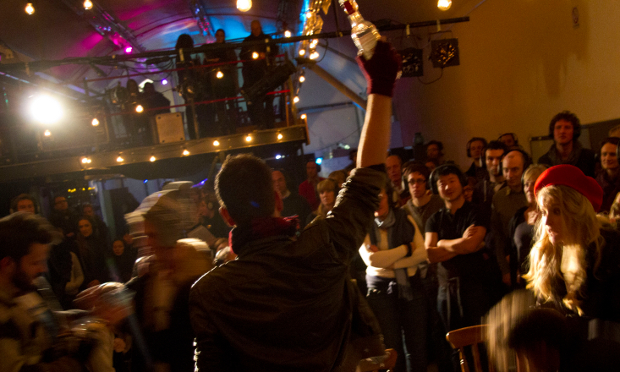
The latter? Well, Silent Opera is a “peculiar and eccentric idea to come up with…†writes director Daisy Evans in her notes. “I looked at the world around me, and to the modern day fascination with the iPod. Teams of people plug into a world and walk around with a personal soundcloud. Apply this to opera, and you have a personal filmic sound world that enables you complete freedom within the world of the opera.â€
We, the audience, are given high-end wireless headphones, pre-tuned to the proper channel to bring us the original orchestral arrangement produced for this project. The performers wear both wireless microphones and earpieces, allowing both for them to hear the music and for the sound crew to mix their voices in for our listening. The effect is profound.
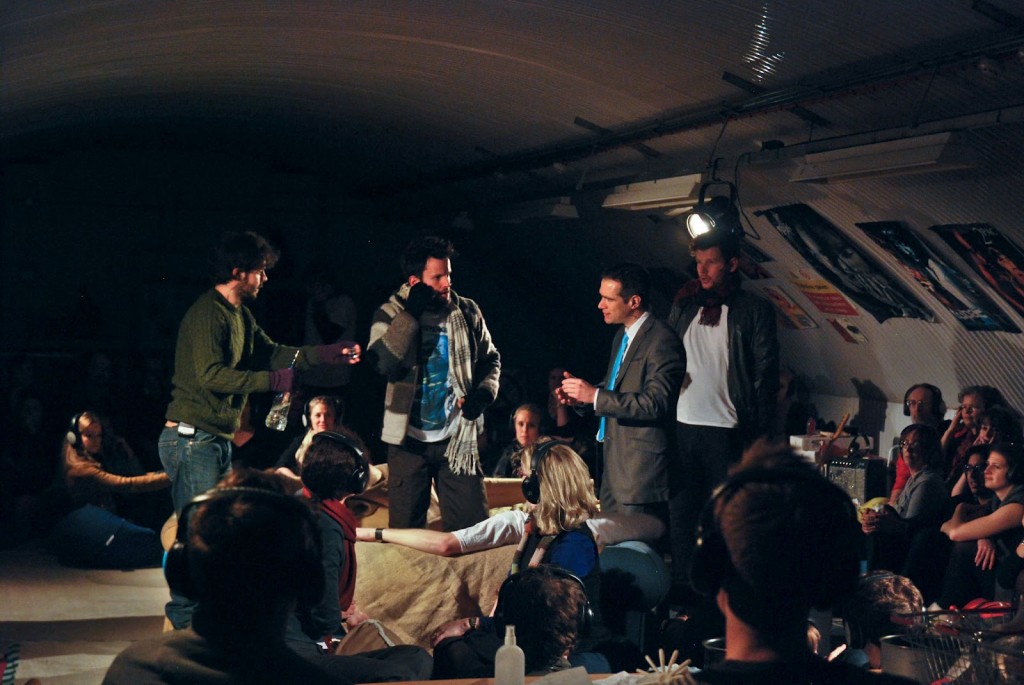
Silent Opera - La Boheme
We are ushered up to Rudolfo and Marcello’s loft space, strewn with the detritus of bachelor living, but more – this is all specifically made for the production, notebooks are filled with Marcello’s sketches, magazines feature his love, Musetta, computer monitors are filled with Rudolpho’s website designs. Soon enough the performers crash into the space, and the game is afoot. The music wells in our ears and the singers engage. They engage! They are amidst us and are engaged with us. This continues throughout the entire performance, and I won’t belabour all of the details, but the point is this: Here is opera, on a professional level, in a compelling performance, right in the middle of us, and that is different and new.
How successful? Very.
Listen, every one of these shows is sold out, solid! What’s more, they’re all filled with a magical thing; Young People! This is what theatre, opera, arts need; Young People! Habits built in your 20s and 30s, attending live shows, will carry throughout lifetime, and this bodes very well indeed for London and for all of us.

